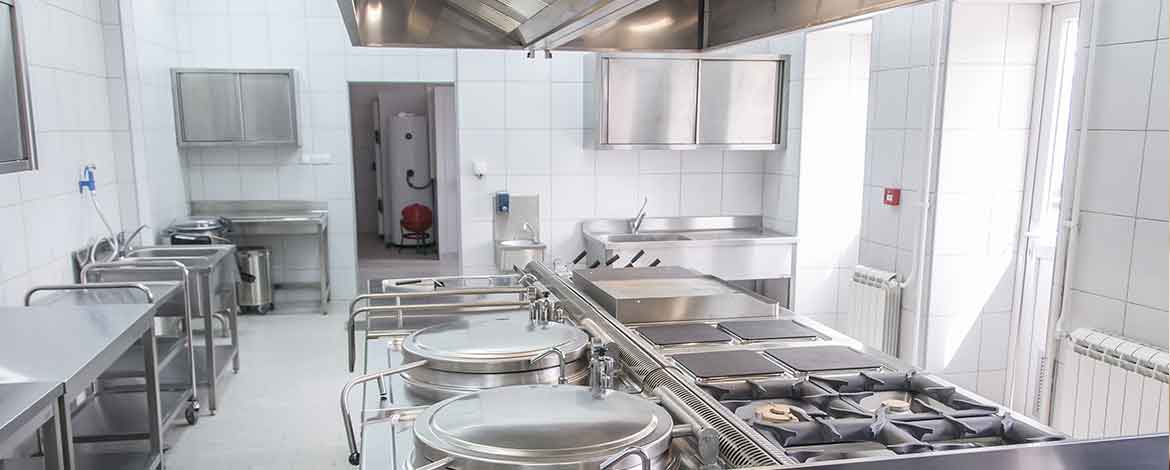COVID-19 has significantly changed how restaurants operate. Even after the vaccine is widely available, and the pandemic subsides, it has created lasting impacts on facilities management. As operators remain cautious of recurring business interruptions, restaurant leaders are adjusting strategy to better prepare their brands for the road ahead.
Reduction of Resources
The global pandemic and state closures of dine-in service have cost the restaurant industry 5.9 million jobs.* As reduced capacity and indoor dining shutdowns continue into the first quarter of 2021, many restaurants will continue to operate with smaller teams. Directors, managers and operators have been challenged with managing more locations, additional facility and maintenance responsibilities and increasingly stringent guidelines with smaller budgets and fewer resources. As restaurant operators are “wearing more hats” it’s never been more important to leverage CMMS technology to help improve efficiency and increase productivity.
Emphasis on Finances
In 2021, decisions will continue being viewed primarily through the financial lens. Pre-COVID, a facilities manager would typically say “if it’s broken, let’s fix it”. Now, all decisions are analyzed from a financial perspective: Should we spend that money at this time? Should we hold off? Financially aware facility managers who understand how facility decisions impact the bottom line will thrive in 2021. To avoid the red, all facilities and maintenance decisions will be made from a financial perspective. Having visibility into facility spend while controlling costs will be essential.
Benchmarking
Instead of benchmarking against competitors, facility managers should benchmark within their own company while understanding how they align with the company’s financial strategy. For example, they should analyze preventive maintenance expenditures and challenge themselves to objectively determine whether it is necessary. Essentially, facility managers should ask, “Am I getting bang for my buck?” Perhaps preventive maintenance is ceased for a subset of stores which instead adopts a break-fix model. Then, after six months, perform a benchmark analysis to see if there was a significant change in dollars spent between stores that ceased service and those that continued preventive maintenance. Challenge the status quo and ensure decisions make sense in regards to the P&L.
The Rise of Inhouse Tech Teams
Expect companies to create small, in-house technician teams to achieve better service and lower costs. Large, fast-food chains have created internal technician programs, and smaller restaurant brands, will follow suit. They’ll hire one or two technicians to service higher-expense items, such as HVAC, refrigeration and preventive maintenance.
Leveraging Technology
Utilizing Facility Management Technology to help organize and manage facilities has never been more important. Not only will you reduce costs, you’ll have visibility into your facilities and maintenance program across locations. You can contact a service provider in less than 30 seconds and approve invoices directly from the software.
Most equipment includes smart technology and now is a great time to leverage the data and send it to the right people. Smart equipment offers predictive failure, alerting when components, such as compressors, are running too long or too hard. It signals when equipment is not working properly. Today, most stores do not have redundant equipment, so more than ever, restaurants need to ensure their equipment is running as efficiently as possible.
*Source: Restaurant Business
Mike Snyder is the Founder and Chief Operating Officer of Ecotrak.



